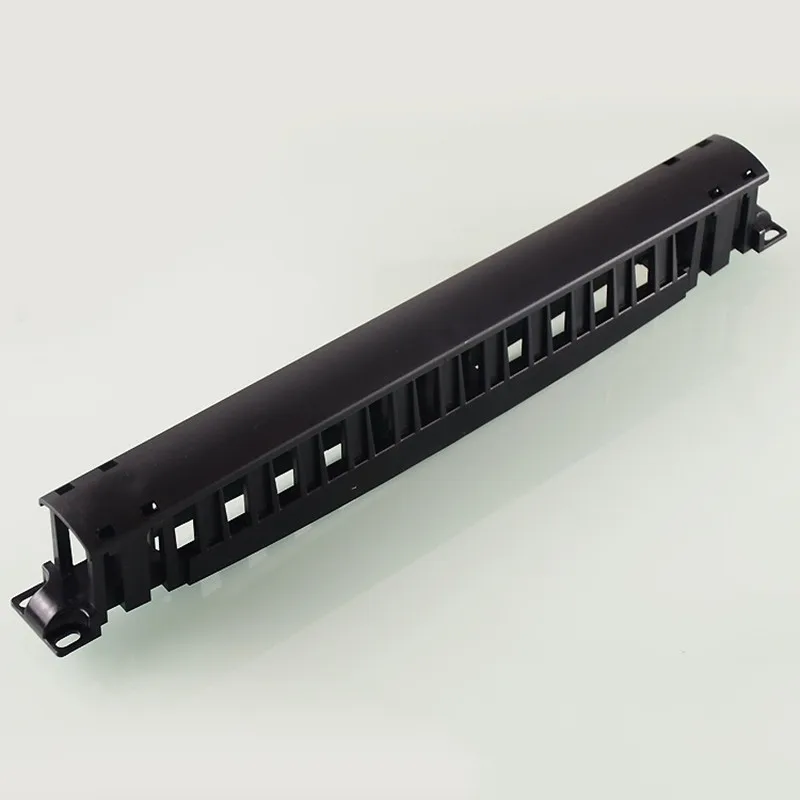

Even if you don’t have any cable management bars, you still can use these to clean up your network cabinets.

You want to make groups of cables compact and keep them out of the way of places that need to be accessed.
Cable management with roller zip#
In this case, you will have hook and loop or zip ties to keep all cables held against the bar.Įither way, the main idea is to keep cables tied together that run to a similar place. When connecting cables within a rack, it’s a bit more simple to run cables down the side of a cable management bar.
Cable management with roller Patch#
A solution for this is to hook and loop tie all cables going to one panel and then running patch cables through a Horizontal Cable Manager. Patch panels usually connect to thick network cables that run through the ceiling, so you’re going to have a harder time fitting them into the sides of racks. This usually means that cables will be entering from the top, bottom or connecting within the rack. If you connect cables before you decide to organize them, you will more than likely need to remove them all and restart.Ĭable routing will be different depending on where the cables are coming from and entering. It’s best to have an idea of where your cables will be routed before installation and organization. All that’s in the way of having an organized server rack that looks great is learning the best methods to route and store cables. Still, what it can do for you is save money, time and make your rack look professional. The cables can efficiently be pulled within the ground with much ease without causing any harm to them.Cable management in a server rack is something that might be overlooked because it isn’t necessary for basic functionality. ♦ Ground cable roller – A ground cable roller is mostly used to hold single cables to the ground. It will also be easier to know which cables to pull, and it will also require less effort to pull them. It's important to isolate each and every set of cables.

When there are many cables going over a trench, its most important to differentiate them because pulling them all together can be quite challenging and cause stress on cables and affect their performance. ♦ Cable roller pully block is mostly used to differentiate a set of cables from many cables. They serve the same purpose as list type cable rollers only that they hold more cables. Usually, the pulley block is made up of two to four pairs of rollers. ♦ Cable roller pulley block – The pulley block is a system of cable rollers that are attached together to aid in bridging two or more cables. They can also be used in large buildings to aid in pulling cables for installation. They have many applications and can also be used to bridge a cable between any two points in a work station. ♦ List type cable roller – List type cable rollers are used to bridge only one single cable on a trench. Each of these straight cable rollers has its own application but they all do the same thing ♦ Currently, we have three types of straight cable rollers. 4.Are There any other types of straight cable rollers? Where are they commonly used?


 0 kommentar(er)
0 kommentar(er)
